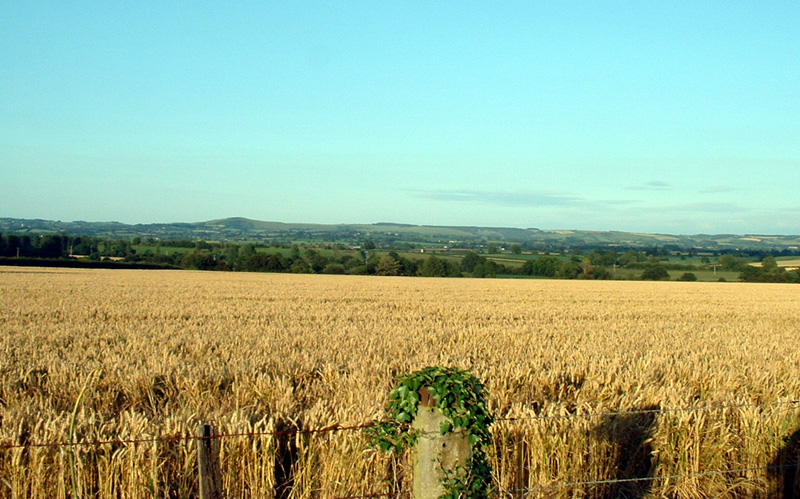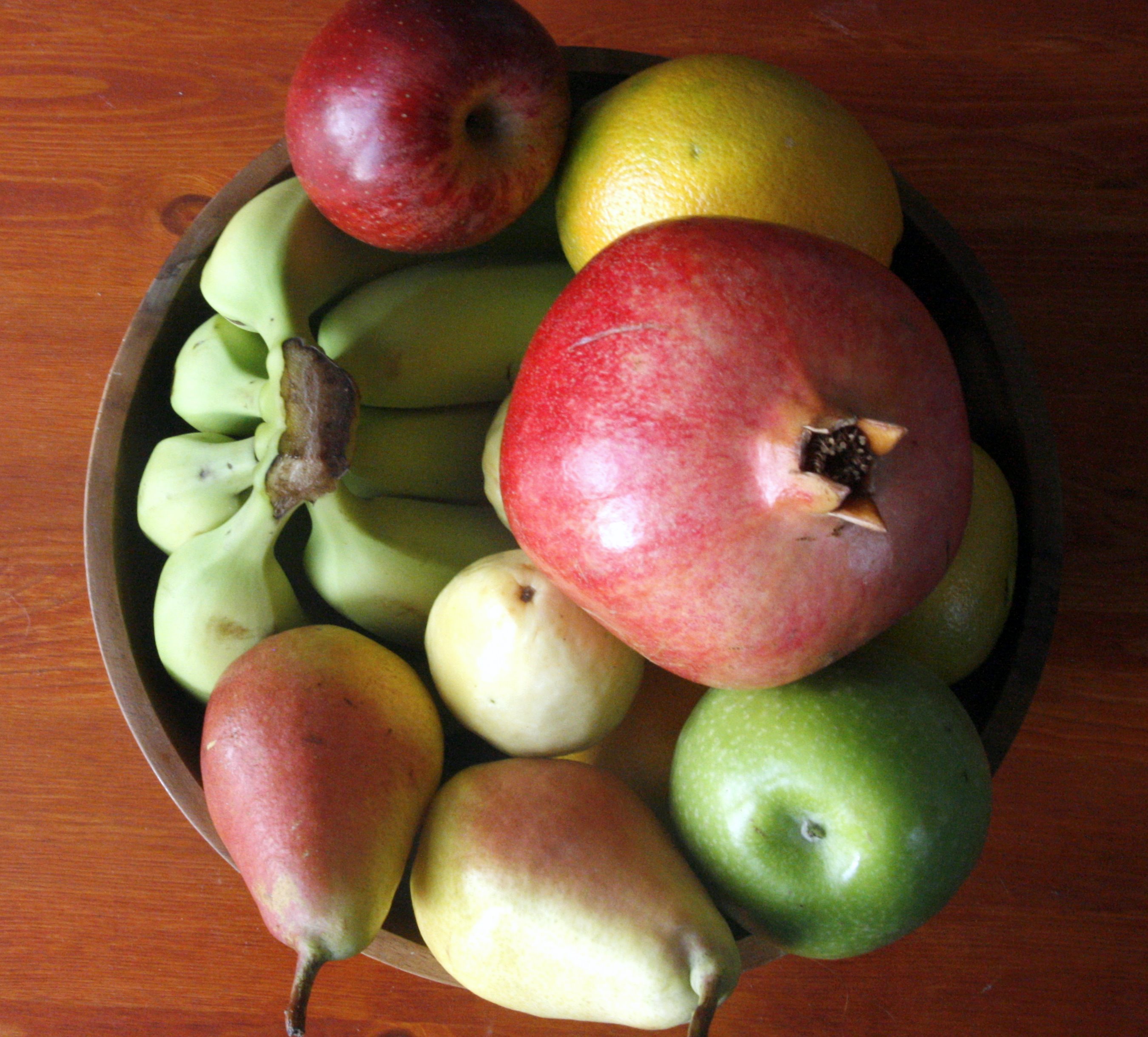Happy Hump Day! Halfway through the week, and hopefully going strong!
Today is a set of definitions. Perhaps you are familiar with these terms, or have at least heard them. Phytochemcials and Phytonutrients have been popular health buzz words in the past, and I think they have been seen as just some abstract term that comes across simply as “something healthy.” If you food is “rich in phytonutrients!” or “has healthy phytochemicals!” you think “oh, great! That must be some good stuff!” And it is! ...But what are they?
Phytochemical and Phytonutrient are actually interchangeable - so I guess really, today's Wednesday Words is more "Wednesday Word." :)
"Phyto-" comes from the Greek word for “plant.” So then, these words are simply broad terms referring to a multitude of nutrients and chemicals that come from plants! And, I know, I know – I keep pushing fruits and veggies… but don’t forget that other good plant sources include legumes, nuts, whole grains, and even tea!
Phytonutrients include a huge amount of chemicals that we’re only beginning to discover. In fact, in one little orange, there may be over 170 different types of phytonutrients!
Some of the known phytonutrient compounds can include allicin, carotenoids, chlorophyll and chlorophyllin, curcumin, flavonoids, indoles, isoflavones, isothiocyanates, phenolics, phytosterols, and resveratrol! Whew! Those are just some of the many different types of phytonutrients!
And, as I touched on in an earlier post about ‘Drinking a Rainbow,’ different phytonutrients correspond with different health benefits. An American Dietetic Association group I belong to - Dietitians in Integrative and Functional Medicine (DIFM) - sent out their quarterly newsletter with a large article on the different colors and how Americans are doing with regards to getting enough.
In short, for the most part, most Americans are not getting enough plant foods at all! And that's looking at the small current recommendation of 5 servings per day. The USDA is considering increasing to 10 per day because of how integral produce is to a healthy life!
The article is phenomenal, and maybe I can give a summary review of it soon! But those definitions are all for today!
Blend your way to a phytonutrient goldmine with a green smoothie! ;-)
~Katie
















